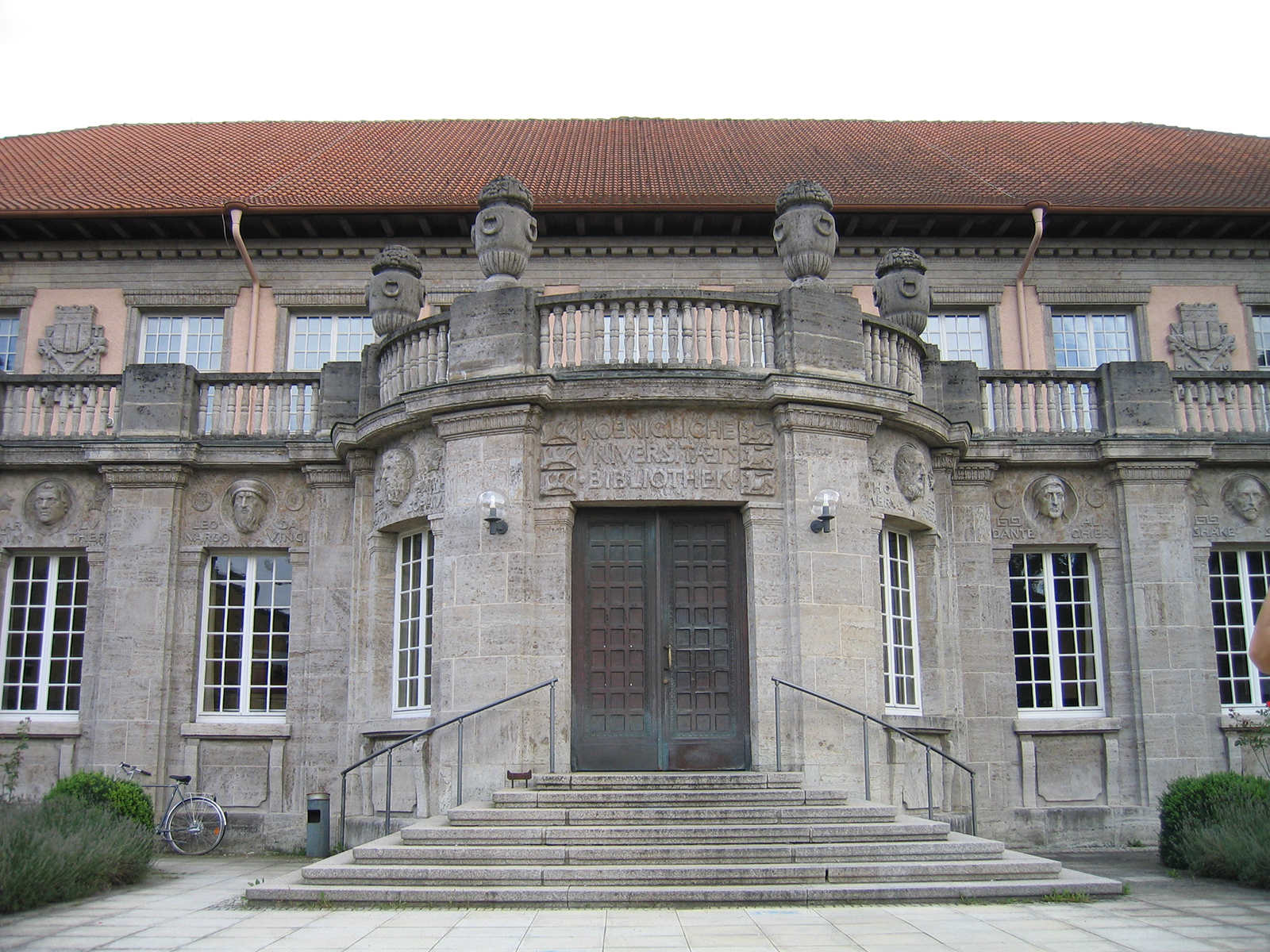University of Tübingen: Ancient Jewish coins: Germany’s outstanding collection is presented
Ancient Jewish coins are a rarity in German museums and have hardly been published to date. The Institute for Classical Archeology at the University of Tübingen is now presenting a collection that is exceptional in Germany in terms of its scope and historical breadth. It includes 394 coins covering all eras of ancient Judaism. The coins were scientifically examined and historically classified by a team led by Professor Stefan Krmnicek. The photos and descriptions are now available in the Digital Coin Cabinet of the University of Tübingen ( https://www.ikmk.uni-tuebingen.de/) as public domain content. The scientific processing and digital documentation of the collection was made possible by the financial support of the Jewish religious community of Württemberg (IRGW).
The collection was put together in the 1920s and 1930s by Arthur Müller, a confectioner from the Black Forest who lived for many years in Palestine and then in Australia. In the mid-1960s, Müller returned to Germany.
The bronze and silver coins illustrate different epochs of ancient Judaism from the formation of a Jewish state in the struggle against the Seleucid rulers in the 2nd century BC. until the suppression of the second uprising against the Romans in the 2nd century AD. “The motifs and inscriptions reflect the Jewish striving for independence as well as Hellenistic influences and the Roman occupation period. In this way, the collection provides an impressive longitudinal section through the checkered history of the Jews in antiquity,” said Stefan Krmnicek.
On many of the coins, some of which bear Hebrew and some Greek inscriptions, the portrait of a ruler that is otherwise common on ancient coins is missing, because the Jewish ban on images permitted the depiction of symbols, but not of persons. The coins minted during the Jewish Wars of Independence against Rome offer a particularly fascinating look at history. Hebrew freedom slogans and religious motifs bear witness to the drama of these battles.
The last independent Jewish coin minting took place during the second uprising against Rome (AD 132-135), which was ultimately suppressed. The rebels embossed Roman coins with Hebrew legends such as “Year 1 of the Redemption of Israel” and religious-political motifs. One of them was the lyre, which as a temple object symbolized the goal of the uprising: Jerusalem with the Jewish temple was to be rebuilt after it was destroyed in 70 AD. A special feature are the silver shekels of the Phoenician city of Tyros, located in today’s Lebanon. These coins were used by the Jews to pay their temple taxes – although they bore a pagan motif: Melkart, the main god of the city, who was equated with Heracles by the Greeks.
“Through the scientific development and public exhibition of these coins from the historical landscapes of present-day Israel – Galilee in the north, Judea with Jerusalem as its center and Samaria in between – our long Jewish history is now becoming even more vivid for the citizens of the country. We would like to thank the University of Tübingen for their commitment in processing this important testimony of Jewish life,” says Professor Barbara Traub, Spokesperson of the IRGW, who has sponsored the collection.
Arthur Müller – coin collector, confectioner, citizen of the world
Arthur Müller, born in Lenzkirch in the Black Forest in 1889, learned the baker’s and confectioner’s trade, was hired as a ship’s cook on luxury liners and worked in the Near East in the years before and after the First World War. After that, his job took him across Europe and to Japan. From 1925 he lived in Palestine, which became his second home. There he put together a coin collection of around 1,150 pieces, including the special collection of 394 ancient Jewish coins. When the Second World War broke out, Müller was interned by the British and taken to Australia in 1941 together with other Palestinian Germans. There he worked after the end of the war for the Australian Parliament as a cook and pastry chef. In 1965 Arthur Müller returned to his home in the Black Forest, where he died in March 1967 after a serious illness. After his death, the Sparkasse Hochschwarzwald acquired the collection to ensure its preservation as a whole. At the beginning of 2009, the Sparkasse Hochschwarzwald handed over the collection to the University of Tübingen as a permanent loan.

